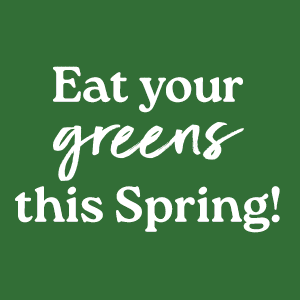Salmon recovery is underfunded
March 1, 2023
The status of salmon in Washington state is not good and will not improve markedly without a substantial, sustained increase in funding, Gov. Jay Inslee’s Salmon Recovery Office State of Salmon in Watersheds report summarizes. The status: “Fourteen population groups of steelhead trout and Chinook, coho, chum, and sockeye salmon in Washington State are listed as threatened or endangered under the Endangered Species Act.”
The assessment is blunt: “No salmon species have been removed from the federal Endangered Species Act list in Washington and most of the species on the list are in crisis or not keeping pace with recovery goals.”
Salmon's future and fate is dependent on “Washingtonians … recalibrate[ing] their relationship with salmon and the environment.” In polite ways, the reports says people must change, to “elevate shared values” and drastically increase funding for salmon recovery.
A 2011 study budgeted $4.7 billion in capital costs to implement habitat recovery for regional salmon recovery plans for 2010-2019. To date only $1 billion has been invested or just over 21%. It is “a funding rate that will not achieve recovery.”
The state’s eight regions run from Puget Sound and Hood Canal, down the west coast, to three Columbia River sections, the Snake River and Northeast Washington.
Puget Sound Chinook and steelhead are in crisis, as are Snake River and upper Columbia River spring Chinook, Snake River summer Chinook and Lake Ozette sockeye. Only Hood Canal summer chum and Snake River fall Chinook approached the 2022 abundance goals set for state salmon populations. Five populations in the Columbia and Snake rivers are not keeping pace. Only two lower Columbia River populations, of coho and steelhead, are making progress.
The report recognizes western Washington tribes as leaders in salmon recovery and notes “the Puget Sound Partnership leads regional restoration and protection efforts.” Yet the key takeaway for the region is “Funding is insufficient to achieve salmon recovery targets and balance the needs of more than 4 million Puget Sound residents.”
Throughout the report, climate change is listed as a major impact and state efforts to increase resiliency is stressed.
landscape, over a third of state stream miles measured by the Washington Department of Ecology 35-36% have poor biological condition as measured by the index of biotic integrity and 69% of measured miles have too much fine sediment.
The report offer data statewide and for each region. The decline in salmon harvests dates back to the late 1800s. Coho and Chinook catches statewide were in the 500,000 range annually for both wild and hatchery fish in 2020. That is down by over 75% for Coho and 50% for Chinook from 1974.
Locally, lower Skagit River Chinook data of individual populations show steep declines of 43% from 1974 to 2019. Measurement of Upper Skagit River Chinook individual populations in the same 55 year period shows some improvement, of 21% from 8,389 in 1974 to 10,155 in 2019, also for both wild and hatched.
The report emphasizes only salmon and steelhead listed under the federal Endangered Species Act. It is noted that populations not listed “face many of the same threats and many are declining in number, “

While called a report, the information is website based and is more of a snapshot of statewide summaries for salmon, habitat, water, funding, harvests and hatcheries. It “documents how Washingtonians have responded to the challenges of protecting and restoring salmon and steelhead. It is a tool to summarize achievements and track salmon recovery progress statewide and by salmon recovery region..”
This is the 12th biennial State of Salmon in Watersheds report the Recreation and Conservation Office is required to produce.
The report is at: stateofsalmon.wa.gov.




Reader Comments(0)